What has it been like shooting with Olympus, now OM System, for the last 7 years?
Has it been worth it?
Well, the short answer would be yes, absolutely, but I'm sure you'd like a longer, more detailed answer, so grab a cup of coffee and allow me to share my experience with you.
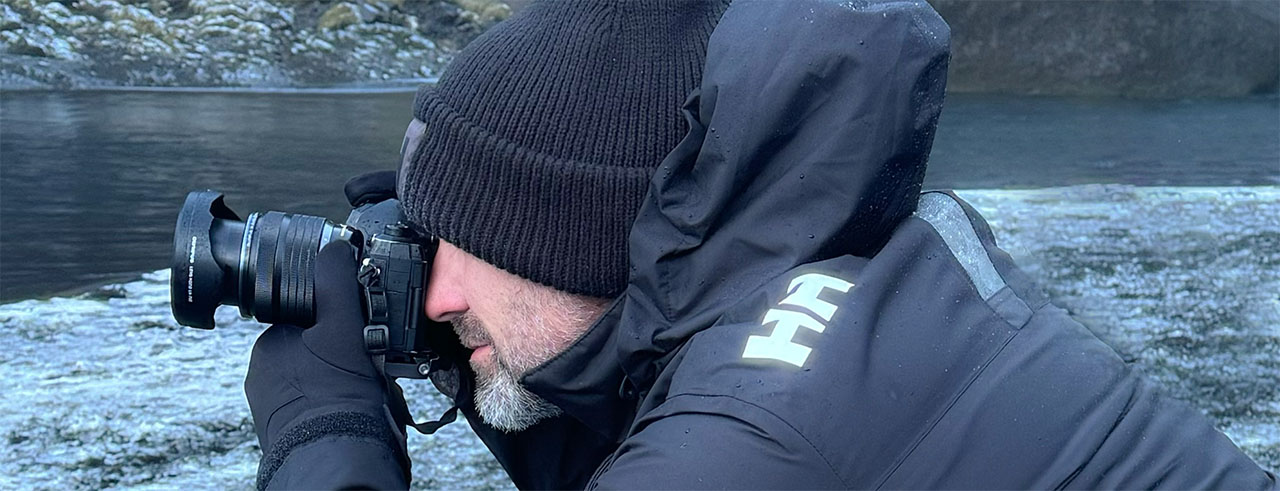
Right, before we get into this, let's just get on the same page with one thing and something I feel very strongly about. The brand and model of camera you shoot should not be your first point of call when talking about your own photography. If this is the case, if you focus so heavily on what camera you, other people, or your guide is using, I feel you're not being true to our craft, and I feel you're leaving enjoyment, experience, and creativity on the table because your focus is on the wrong thing.
During my 20+ years in the guiding and photographic guiding industry, I have used pretty much all of the brands and numerous different models while shooting for myself and hosting safaris, tours, and expeditions. I have used Nikon, Canon, Fujifilm, Sony, and Olympus, as well as numerous third-party lenses that work with these brands, and I have been able to create amazing images that I'm proud of with each and every one of them. I am fluent in all of these systems, and I'm very comfortable assisting the clients who join me on a Wild Eye tour in setting up, understanding, and utilising these various camera brands and cameras to document and create the journeys they take with me.
As far as I'm concerned, the camera brand and model that you choose should be the ones that serve you best from an ease of use, desired outcome, and quality point of view. More than this, and this is something I've been speaking about recently as well as focusing on for myself, your camera gear should not compromise the enjoyment of your photographic journey. This goes for everything, from travelling to your destination to shooting in the field to downloading and managing your digital assets.
Too many times I have seen guests struggle with their camera gear as they board a plane, have difficulty getting their large telephoto lenses in the prime shooting position, or decide to leave a lens behind when going for a bush walk or hike through a forest. Surely, if you have to fight with your camera gear getting to and while you're at a destination, doesn't this compromise your experience? Yes, if you make money off your photography and your images put food on the table, I get it. It's a fight that you have to fight, but for the majority of people who only post on social media and share images with their friends, is it really a fight you need to be having?
In the past, I have travelled around the world with camera bags that weighted significantly more than my check-in luggage, and even though I consider myself pretty strong, the whole experience of getting into and out of transfers, through airport security, onto and off of planes, and travelling to my final destination is something that I got pretty tired of pretty quick. Over the last five or so years, I have been focusing a lot more on enjoying the entire photographic experience than on the singular focus of the images that I get. Travelling lighter but still having all the focal length and camera technology I need has really been a game changer for me.
So yes, when it comes to overall use and photographic experience, shooting with the lighter, smaller Olympus gear has been amazing. Before I share more about my OM System experience, here is a quick image of a polar bear taken with my OM-1 and the 40-150mm f/2.8 lens on last year's Svalbard expedition.
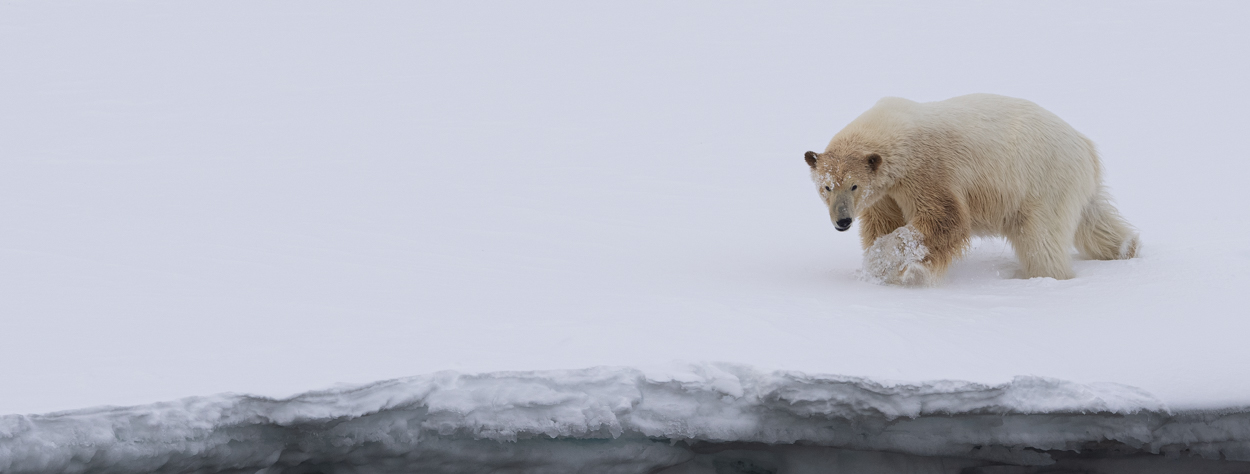
In no particular order, here are a few of the other features of the OM System cameras that have sculpted my photographic experience over the last seven years.
Portability and Manoeuvrability
As mentioned above, this is one of the biggest draws of OM System cameras: their compact and lightweight design. As nature photographers, we often need to hike long distances or travel to remote locations, and the smaller size and weight of OM System cameras, compared to larger DSLR systems, makes them much easier to carry for extended periods without fatigue.
This enhanced portability allows photographers to more easily navigate tight spaces, climb, and move quickly to capture fleeting moments in nature, which, as I'm sure you will agree, is a pretty big deal from a photographic experience point of view.
Impressive Image Quality
Despite their compact bodies, OM System cameras pack impressive imaging capabilities. Their Micro Four Thirds sensor size delivers excellent image quality with low noise, vibrant colours, and an impressive dynamic range. At this point, I'm sure some of you are about to leave a comment or send me a message about full-frame cameras, print size, digital noise, and image quality, so let me clarify.
Yes, in the past, the Four Thirds sensors might have been a few steps behind the image quality of the larger sensor systems. That said, the new one and two cameras deliver exceptional quality, and I would like to believe that for the majority of people who do wildlife photography, this is way more than what they would actually need. I have, from the RAW files of pretty much all of my Olympus cameras, printed images up to A1 size, and they look absolutely stunning. So for me, doing what I do, the image quality of the smaller system cameras is way beyond what I need for prints, my website, social media, or any marketing that I might need to do for Wild Eye.
The advanced image stabilisation systems in OM System cameras, which is next level amazing, also help to minimise blur and camera shake, even when using longer telephoto lenses, which is crucial for nature and wildlife photography.
Weather Sealing
When you venture into the great outdoors and amazing places we all love to visit, it often means dealing with unpredictable weather conditions. OM System cameras are renowned for their robust weather-sealing, making them resistant to dust, splashes, and light rain. And as you will see from the image below, snow!
This rugged construction provides peace of mind when photographing in challenging environmental conditions, allowing nature photographers to focus on capturing the moment without worrying about damaging their gear.
You see, in my mind, my camera is a tool that I use in order to document nature and create visual artwork. What good would it be if, at the slightest sign of rain, I had to hide my camera? I have now, after the last 7 years of hosting wild tours around the world with my Olympus and OM System cameras, used the gear in every conceivable weather condition, ranging from snowy and freezing temperatures all the way to hot, humid, and dusty African environments, and I have yet to find a situation with the cameras that even so much as hints at giving me trouble.
This, as I'm sure you'll agree, is priceless for what we do.
Intuitive Controls and Customization
OM System cameras have been designed with the needs of avid outdoor and nature photographers in mind. Their intuitive control layouts and customisable function buttons allow users to quickly access and adjust crucial settings, making them well-suited for the fast-paced nature of wildlife and landscape photography. In a recent podcast with team members from OM System UK, which I will share below, we spoke about how the brand is looking to transition more towards an outdoor brand.
This way of thinking and the direction the brand is taking mean that OM System has considered the needs and demands of nature, wildlife, and landscape photographers, and I've seen this in the field, both in my own photography and with clients who shoot with OM System. This level of specific responsiveness and customisation enhances the overall photographic experience and will help nature photographers stay nimble and adaptable in the field, which means fewer missed shots and a better portfolio of images!
Computational Photography Features
The OM System cameras also have incredible advanced computational photography features that can greatly benefit nature photography. Technologies like Pro Capture, which literally feels like magic, and Live ND, which simulates the effect of neutral density filters, allow photographers to capture long exposures for creative blur effects without the need for additional filters.
The Live Composite mode, on the other hand, enables seamless blending of multiple exposures, making it easier to capture star trails, light painting, and other complex nature scenes.
Whether we like it or not, the world of photography is changing, especially if you look at the types of images you can create just with your iPhone. I truly believe more and more brands will be incorporating computational photography into their cameras in the future, and I've truly enjoyed the new creative approaches as well as the practical applications that the computational features OM System cameras have given me.
Before I share the link to the podcast I did with OM System UK and share some final thoughts, here are a few images I have created with my OM System cameras during the last few years.

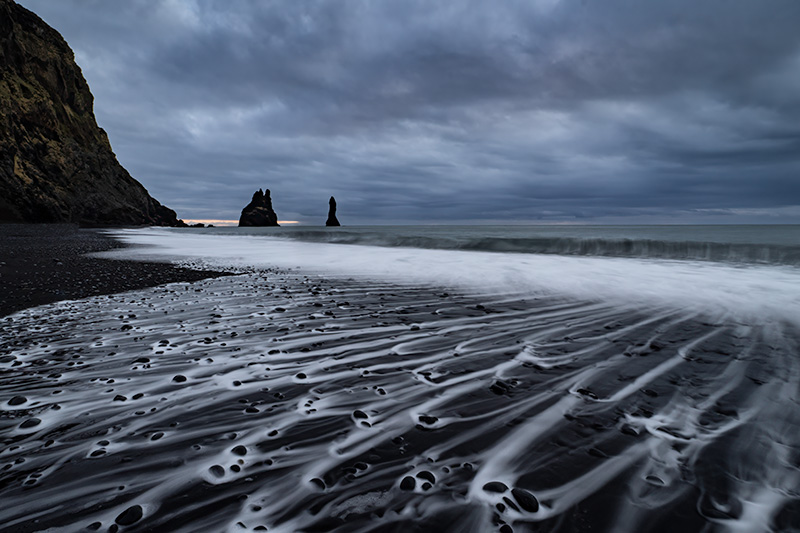
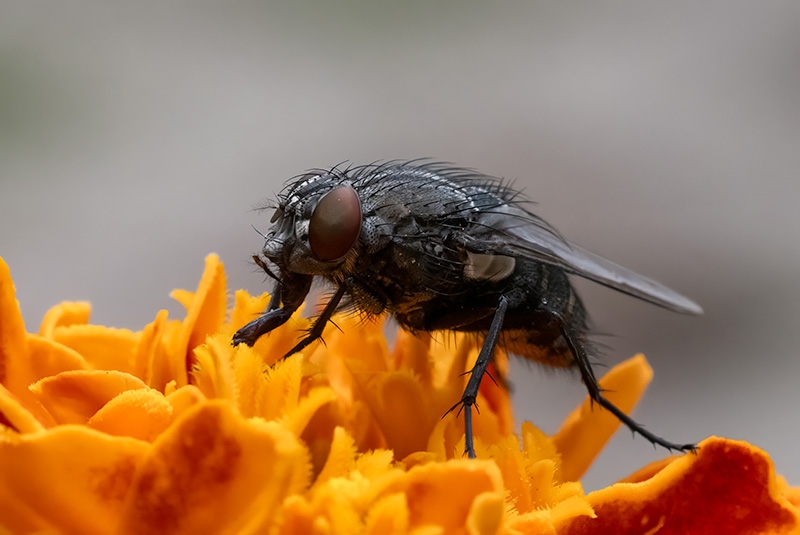
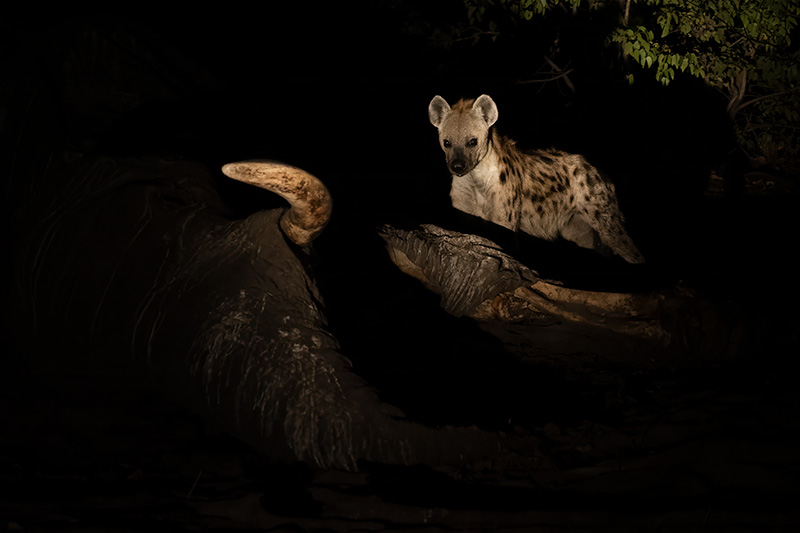
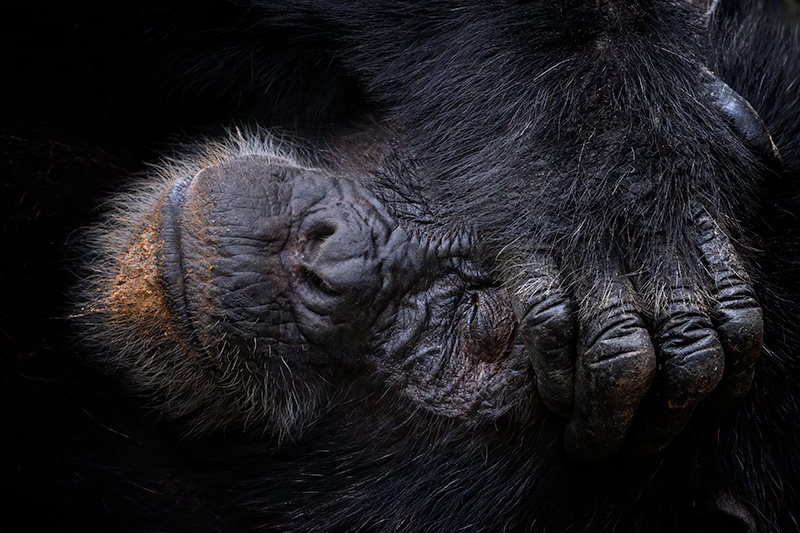
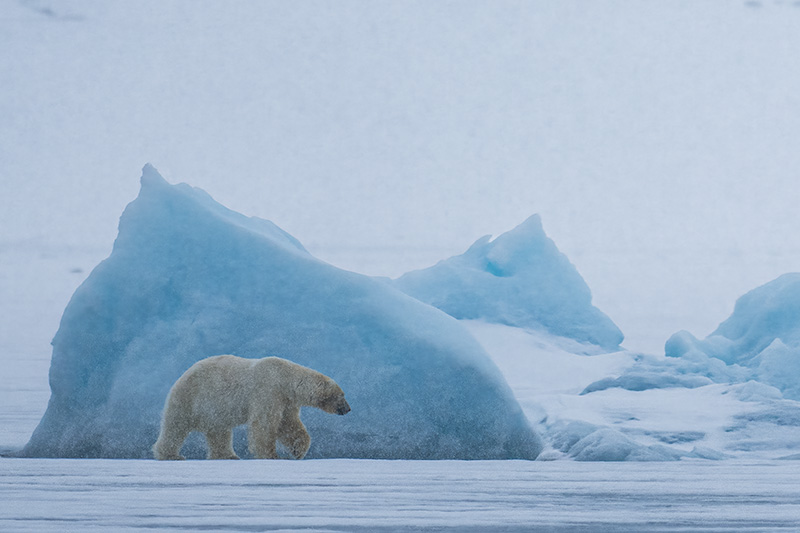
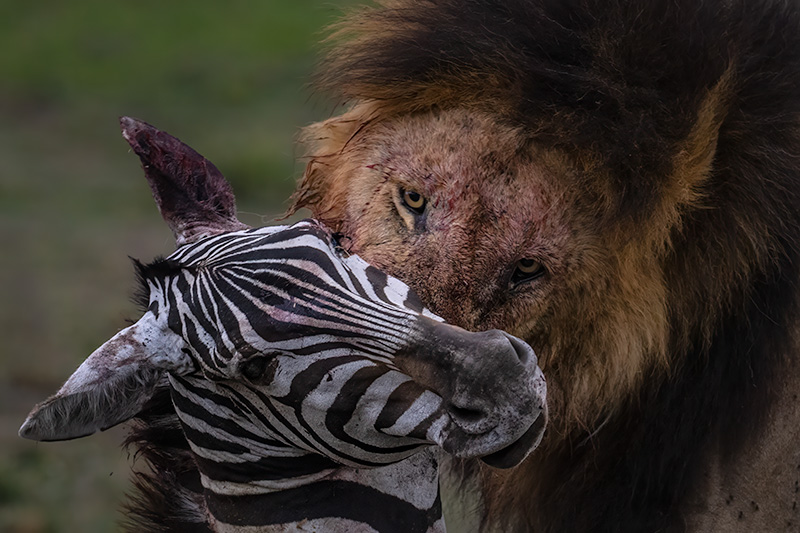
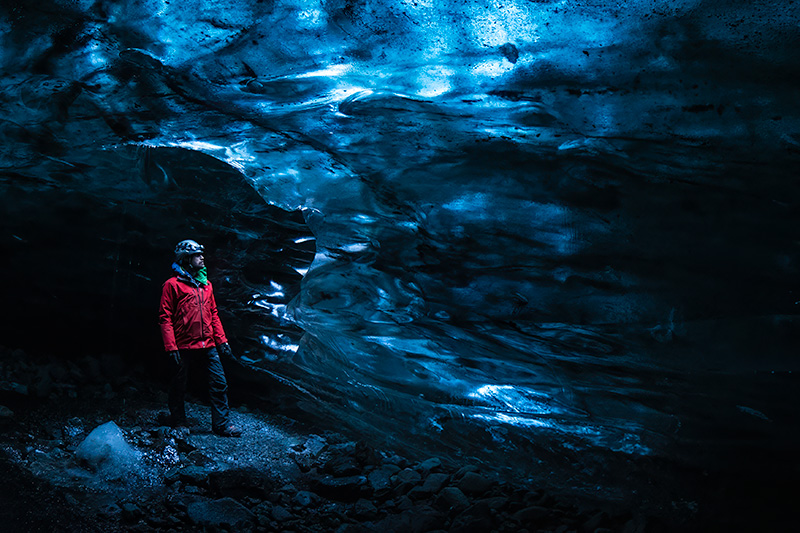
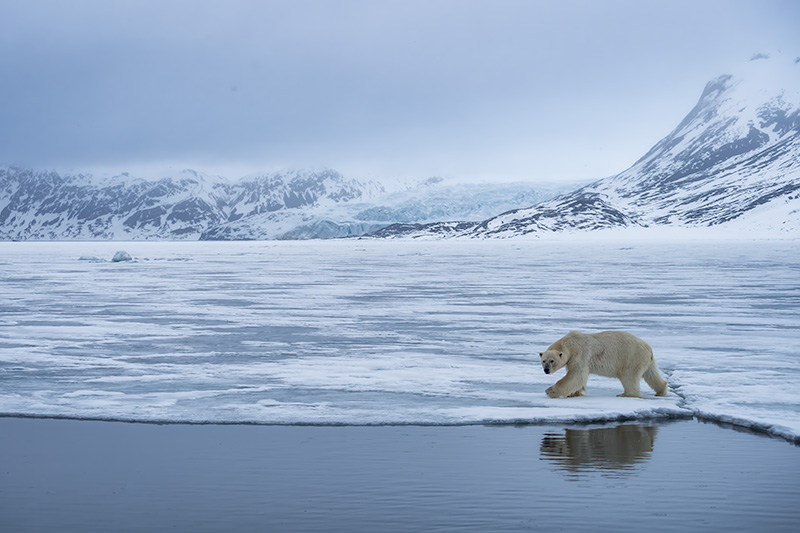
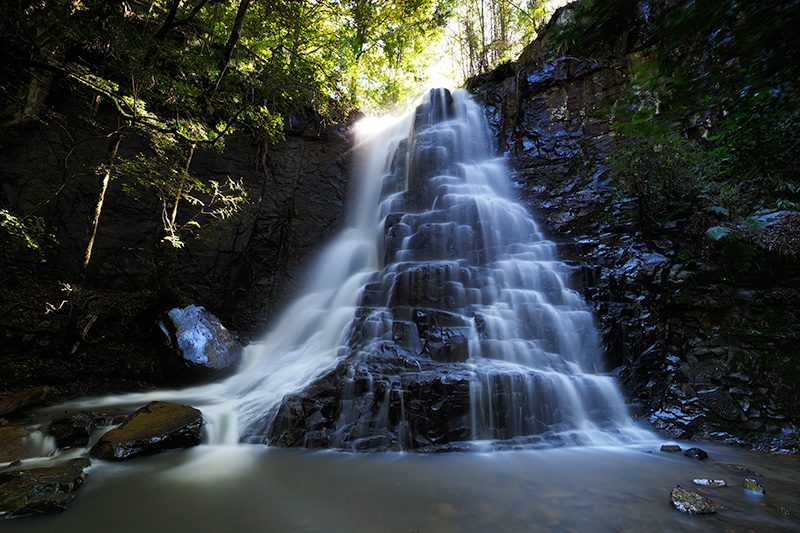
If you've ever listened to The Wild Eye Podcast or seen some of my live presentations, you would know that I often say you can't look at an image and say, "That image was taken by an Olympus." The way you shoot, the lighting conditions, how you process, and how you present your final image—all these things matter in determining what your final photograph of any subject will look like.
I shared the above images just to give you an idea of the different types of destinations that I've used my Olympus for and to show different genres like macro, wildlife, and landscape. More than that, each one of these images has enough resolution and quality for me to print it up to a really big size, and the most important thing to me is that travelling to each of the destinations and managing my equipment in the field was an absolute pleasure.
As Chase Jarvis said, "the best camera is the one you have with you," and overall, during the last seven years, it has been pretty easy for me to have my Olympus cameras with me.
Before I share my final thoughts, and if you're keen to find out a whole lot more about systems, the brand, technology, and more detail on some of the topics I've mentioned in this post, you can use the link below to listen to the podcast I recorded with Olympus or simply search your favourite podcasting platform for the episode.
So let's circle back to where we began. What has it been like shooting with Olympus, now OM System, for the last 7 years? Has it been worth it?
The truth of the matter is that if you were to compare one camera brand or camera model with others and approach it on a feature-by-feature basis, it would be very easy to say this one is better than that one. By doing this, however, I don't feel the comparison isn't fair because the observable metrics of, for example, sensor size will always be more in your face than the hidden metrics of an easy and less stressful experience of travelling to amazing places with your photographic gear.
Like I mentioned in the beginning, yes, absolutely, the last seven years of shooting OM System have definitely been worth it for me, and this is because I took a step back and assessed my photographic experience not only on the images I make and all the technical variables we so often get lost in, but on the full and holistic picture of my photographic experience.
Yes, once in awhile, when I'm on a private guided safari, I will use the same brand as my client in order to assist them with shooting settings and menu set-up, but for every single tour, safari, and expedition that I host, I always have my manageable camera bag with me that includes two camera bodies and four lanes and gives me more than all the technology and gear that I need in order to photograph the things I want to in the way my photographic eye sees it.
There is no right answer as to what photographic gear really is the best; the only correct answer is what gear is best for you, and, as you'll know, like with anything photography, if you ask 10 photographers a question, you're more than likely to get about 17 answers. That said, I hope that my experience with OM System over the last seven years has given you a little bit of insight should you be looking to change your system, buy new gear for your next Wild Eye trip, or simply deepen your understanding of an amazing photographic brand.
If you have any questions or comments, please feel free to reach out, and I'd be happy to engage and assist where I can.
Happy shooting, and, as always, don't forget to be awesome.
Join Gerry and Wild Eye on Safari
Wild Eye hosts tours to just about every corner of sub-sahran Africa and many more to distant lands. Of course, Gerry hosts many of these departures. So if you are looking to head out on safari or expedition under his expert guidance, then check out our tour calendar for the tours he is hosting and sign up!

Thanks for sharing Gerry, I am busy exploring the jumping ship option and your insights are a great help.
Glad I could add some value! Please let me know if I can help with any further questions.
Happy shooting!
Again well done Gerry. As I jumped from Canon Dslr to Canon mirror less I was hoping to reduce weight and bulk of my camera gear. But to no avail.
I feel tempted to add the OM system to my arsenal, as a travel setup (my Canon gear lives in our bush home in SA).
Do you have a rough idea what the weight is of your camera bag with the two bodies and 4 lenses? What bag is it?
Which are the 4 lenses?
Sorry for ending with shooting all these questions.
Stay safe!
Hi Gerry. Thanks for, again, a good review.
After my switch from Canon DSLR to Canon mirrorless , my hope to reduce the bulk and the weight of camera gear that I am hauling wasn’t met.
Seems like a nice setup you have. Would you mind sharing what the weight of your camera bag with the two OM bodies and the 4 lenses is? And which are the lenses you have in there?
And, finally, which bag do you use?
Thanks again
Hi Michael,
Love the setup and it works pretty much anywhere in the world and for any wildlife destination. Must be honest, not sure of exact weight but it is much lighter than anything I’ve used and super convenient.
Currently using a 300 f/4, 40-150 f/2.8, 12-40 f/2.8 and 8-25mm f/4. For my upcoming Svalbard and MalaMala trips I’ll be swapping the 300mm for a 150-400.
Depending on the trip either use an Olympus satchel or then a medium sized F-Stop bag.
Hope that helps and thanks for reaching out!
G